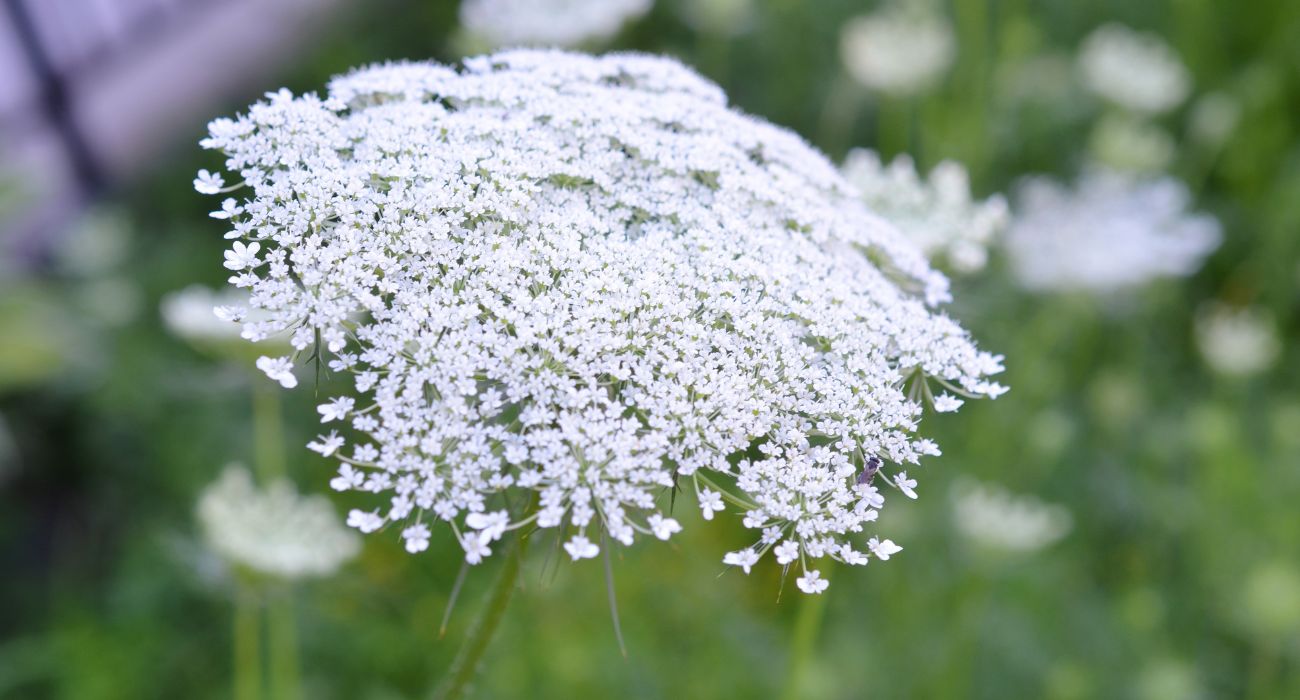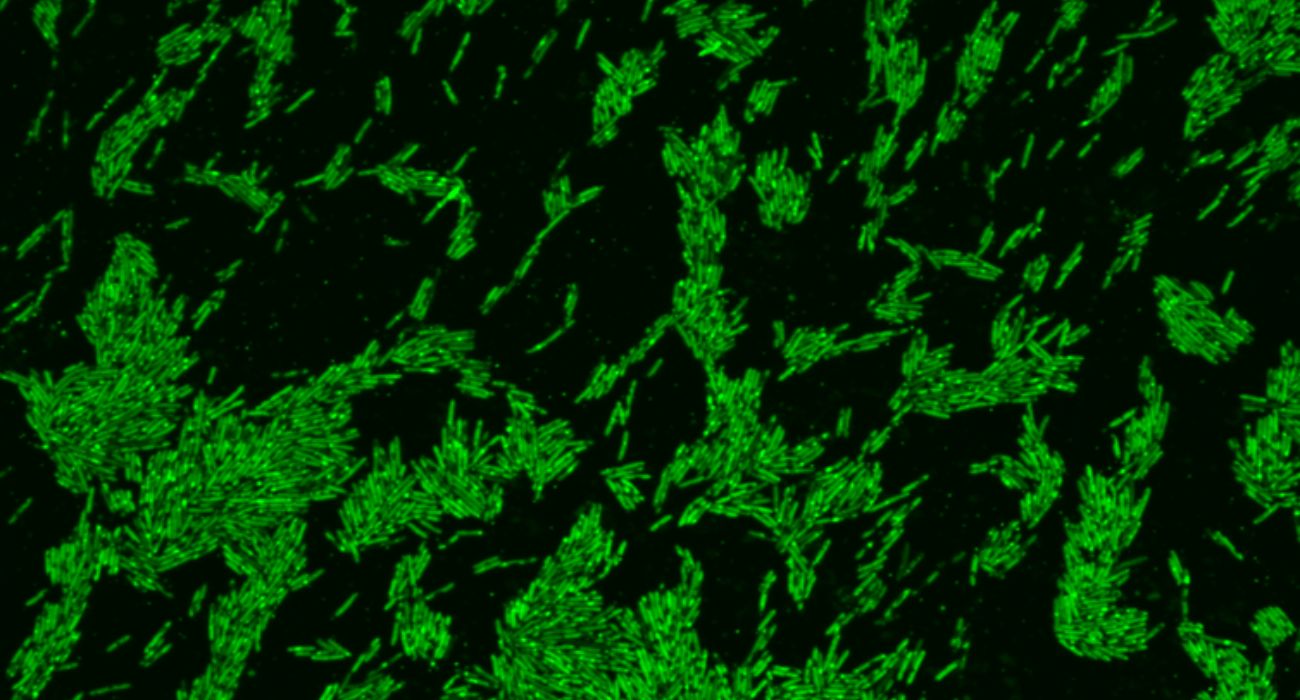Lancaster resident Kenzie Kizer recently had an encounter with a poisonous plant.
Kizer had been in her yard removing weeds after receiving a notice from the city to clear them away or be faced with a fine. Kizer reported that not long after starting, her arms had felt as if they were “on fire,” and she went inside her home to shower, which wound up saving her life. She began to treat herself for what she thought at the time were merely splinters.
“Less than an hour later my tongue started swelling, my skin was burning, my speech was slurred, I was dizzy, confused and very shaky,” said Kizer in a Facebook post, which has been shared nearly 150,000 times.
“It started to feel as though my chest was tightening and I was struggling to breathe,” she continued.
She was later taken to the emergency room, where doctors confirmed Hemlock poisoning. Kiser said her decision to shower had saved her life and warned others to keep themselves and their pets away from this deadly plant.
Hemlock is an invasive species in Texas, having been brought to the United States as an ornamental in the 1800s from Europe, according to Texas Invasives.
The plant typically stands 8 feet tall and features a green stem with purple spots and white flowers.
It blooms between June and August, and officials confirm that there are no native look-alike species in the state.
Texas Invasives reports that all parts of this plant are poisonous. However, the seeds contain the highest concentration of poison.
“It contains highly poisonous alkaloids toxic to all classes of livestock and humans,” wrote Texas Invasives. “Human deaths have occurred from harvesting and consuming the roots as wild carrots or parsnips.”
The poison from this plant can result in nausea, problems with motor function, rapid pulse, vomiting, and even coma and death, according to an article in the National Library of Medicine.
Kizer, who experienced some of these symptoms, narrowly dodged the worst.






